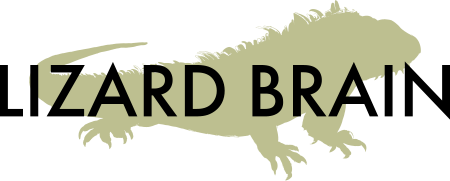Starter: Here and Gone
The Grove Consultants' Team Portrait is, I think, the best Starter for a facilitation. (You can read about the Team Portrait method in The Grove's Strategic Visioning cards, on page 127 of Visual Meetings, and on page 103 of Graphic Facilitation.) Simply, it tells you who's in the room.
But what about recurring events that spread out across several days? Increasingly, organizations are forming cross-functional working groups, which may meet periodically. There may be alternates, absentees, and new attendees. New or missing faces either have difficulty contributing or can pull a group back to the beginning of the learning curve.
One way around this is a variation on the Team Portrait called Here and Gone. In addition to the seating chart that tells you who's "Here," have a flipchart handy as a holding area for those who are "Gone."
When first introducing Here and Gone, have participants fill out stickies with their name, their role as it relates to the project, an alternate who will step in for them if they need to be elsewhere, and basic contact information. You might have participants identify whether they are Responsible, Accountable, Consulted, or Informed relative to the project, following PMI's RACI approach to assessing stakeholders. You can also have participants draw a self-portrait on the sticky as a light Energizer and fun icebreaker. Invite each participant to share their sticky with the large group.
Draw a "Here" chart, which is a simple drawing of the room's seating layout, and place the stickies relative to where participants are seated. At the end of the facilitation, move all the stickies to the "Gone" chart.
At the next meeting, move the stickies from the "Gone" chart to the "Here" chart as participants take their seats. If anyone is absent and left in the "Gone" chart, remind the alternate that they have responsibility to bring the absentee up to speed at a later time. If both participant and alternate are absent, ask for a volunteers to update the absentees. If a new participant shows up, pause the meeting, welcome them into the group, ask them to fill out a sticky note for the "Here" chart, and ask for a volunteer to quietly bring them up to speed on the group's progress thus far so the rest of the participants can carry on. If you've been capturing progress on graphic charts and they're posted around the room, a gallery walk is the best way to bring in new participants.
PS: When I do a Team Portrait, I like to ask participants to share four things: their name, their role, their expected outcome for the facilitation, and one interesting thing about themselves that no one in the room already knows. In my role as a facilitator, all I really care about is name and outcome, and that's typically all I capture on the Team Portrait. Knowing expected outcomes allows me to pivot the approach to the facilitation if necessary. Knowing role allows other participants to orient to that person. The one interesting thing isn't just a quick Energizer; it also buys me a little time to catch up on writing what the person just said.



